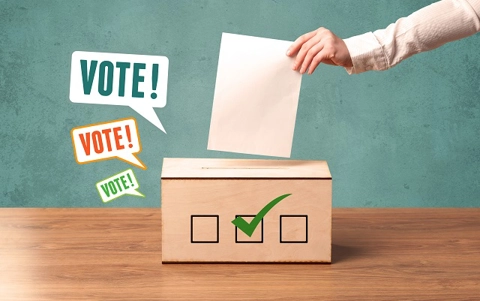There can only be one
In this lesson sequence students write a simple suite of programs that can be used to facilitate an S.R.C. election though the collection and processing of data. It assumes that students have been introduced to Python programming language.
Additional details
| Year band(s) | 7-8 |
|---|---|
| Content type | Lesson ideas |
| Format | Web page |
| Core and overarching concepts | Data acquisition, Data interpretation, Impact and interactions, Specification (decomposing problems) |
| Australian Curriculum Digital Technologies code(s) |
AC9TDI8P01
Acquire, store and validate data from a range of sources using software, including spreadsheets and databases
AC9TDI8P04
Define and decompose real-world problems with design criteria and by creating user stories
AC9TDI8P05
Design algorithms involving nested control structures and represent them using flowcharts and pseudocode
AC9TDI8P10
Evaluate existing and student solutions against the design criteria, user stories and possible future impact |
| Keywords | Branching, Iteration, Input processing, Voting, Electoral systems, Python, Inclusive education, disability, disabilities |
| Integrated, cross-curriculum, special needs | Inclusive education |
| Organisation | ESA |
| Copyright | Creative Commons Attribution 4.0, unless otherwise indicated. |
Related resources
-
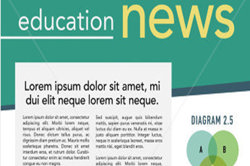
Home/School communications
In this lesson sequence, students use big data sets and school surveys, to design (and as an extension activity, make) a new digital communication solution for the school.
-
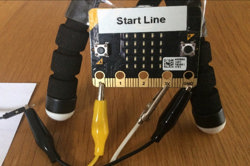
Creating a digital start line and finish line with micro:bits (Years 7-8)
The following activity suggests one-way Digital Technologies could be integrated into a unit where vehicles are being designed and produced.
-
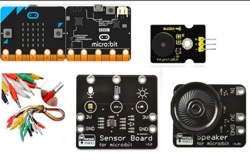
Classroom ideas: Micro:bit Environmental Measurement (visual and general-purpose programming) (Years 5-8)
Investigating environmental data with Micro:bits: This tutorial shows the coding needed for digital solutions of some environmental issues that can be created using pseudocode and visual programming.
-
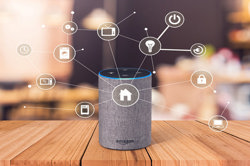
Home automation: General purpose programming
Investigate home automation systems, including those powered by artificial intelligence (AI) with speech recognition capability.
-
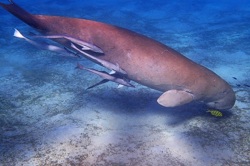
Data Science STEM resources
Here are some authentic datasets collected by research scientists studying marine and coastal animal populations.
-
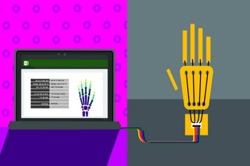
Building Machines That Emulate Humans
Students build robotic models from cardboard and straws to understand the anatomy and biomechanics of the human hand. Then, they conduct trials visualizing data in Excel to generate new ideas for improving it’s performance.
-
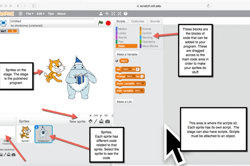
Game design
This sequence of lessons integrates game design using scratch and a Makey Makey programming board.
-
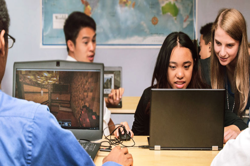
Minecraft Lesson Plans
Find Minecraft lessons spanning primary and secondary school for use with your students.
